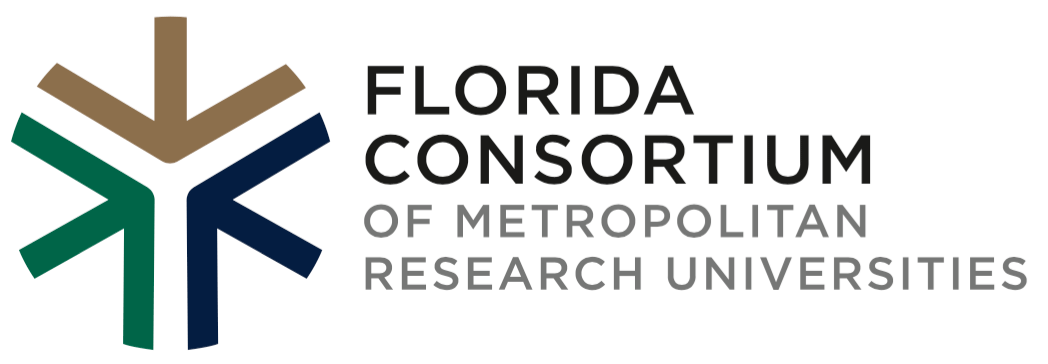Los Angeles, CA – Six members from the Florida Consortium Pillar Teams met with experts in collaborative outcomes and processes in Los Angeles during the week of June 20-24 to learn about how to strengthen their multi-institutional work and create an efficient model for future efforts. One of the biggest challenges facing higher education consortium like the Florida Consortium is the ability to work and communicate over space and make time on task more efficient. For many higher education professionals their days are already stretched thin with the expectations of their primary job. Consortium like the Florida Consortium test those limits by asking members to work on projects in addition to their campus responsibilities. If there is not an improvement to university efficiency and an allowance for faculty and staff to convert time spent on these projects then there is a less likelihood of implementation across the Consortium.
That is why the Florida Consortium enlisted the help and expertise of the American Association of Colleges and Universities. the AAC&U has been assisting universities for decades enact systemic and campus wide change through the use of High Impact Practices. As a university consortium the challenge was to apply the principles of High Impact Practices to faculty and staff development and work. the theory of Consortium partners was if we give faculty and staff the kind of “time on task” to work collaboratively we can have returns that are equal to those we see with students. The result of the process would be a more innovative outcome that enlists best practices, data alignment, and the benefits of crowdsourcing.
The members of the committee sent were Florida Consortium Executive Director, Michael Preston and representatives from Florida International University, the University of South Florida, and the University of Central Florida. The result of their week’s worth of work was the Florida Consortium Investigative Model. The basic premise is to make decision making the focus of faculty and staff who are experts in the area being investigated and to give them the time to enlist the best practices and data needed to make an informed, peer reviewed decision. From there faculty and staff will produce a direction report that will include student interventions, program proposals, project improvements, and policy recommendations that each university can implement on their individual campuses and then coordinate collaborative assessment that can be peer reviewed as well. The resulting model can help our three universities create an opportunity where program decision making is intentional instead of reactive. In the coming weeks the Florida Consortium will publish their first report on the collaborative process.

The Florida Consortium of Metropolitan Research Universities aims to produce more career-ready graduates with lower debt, better training and workforce skills that meet the demand of Florida’s growing economy. The Florida Consortium is a collaborative endeavor between Florida International University, the University of Central Florida, and the University of South Florida. Operationally formed with consultation and support from the Helios Education Foundation, the Consortium will grow the number of degreed professionals and positively impact Florida’s economic development. Consortium institutions serve 47% of State University System total enrollment and 54% of the state’s undergraduate minority enrollment.


